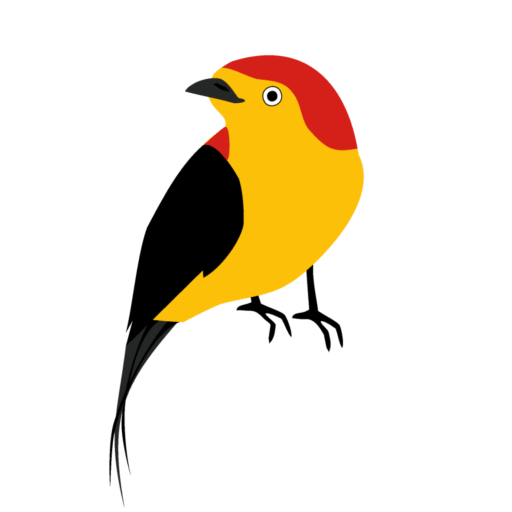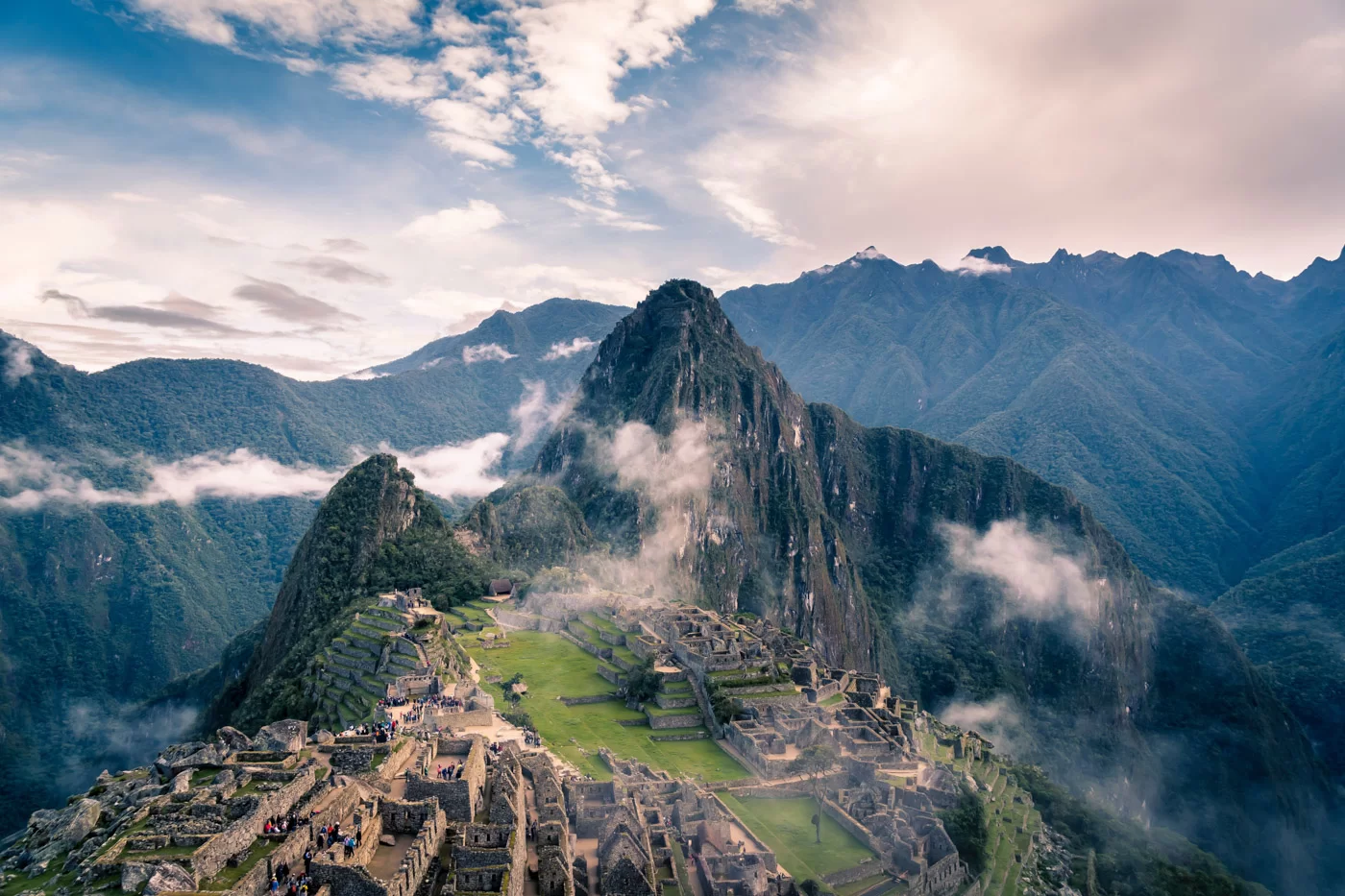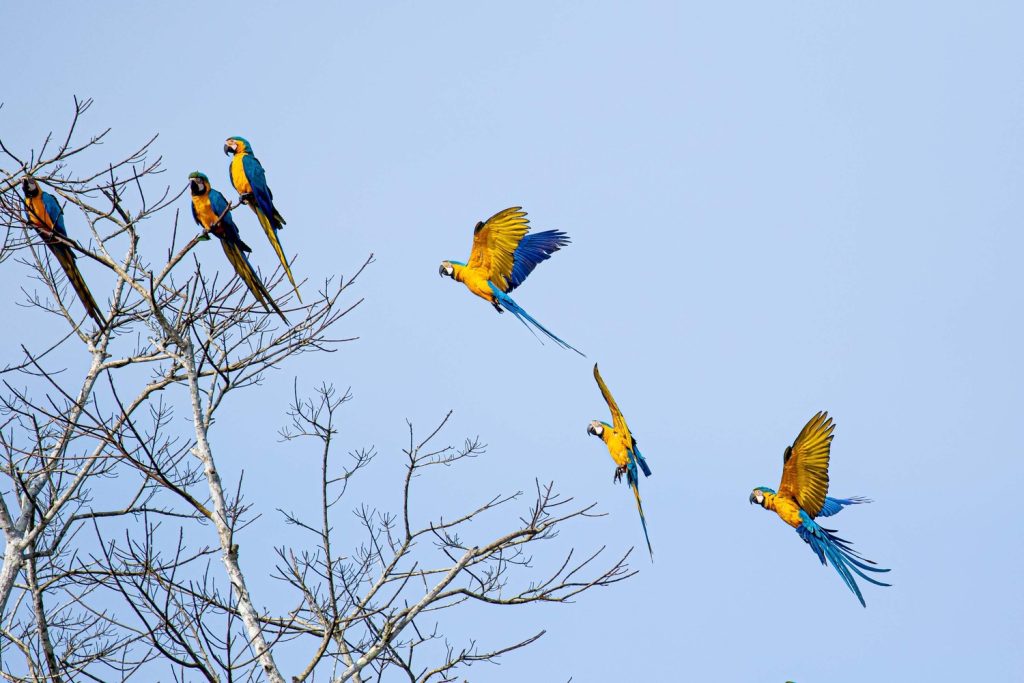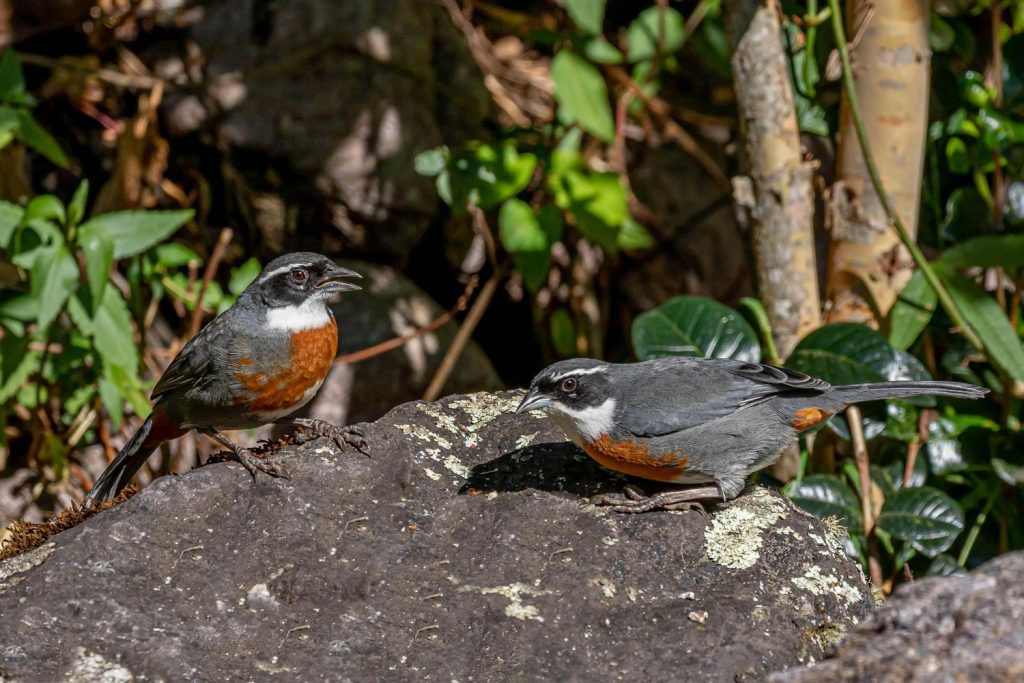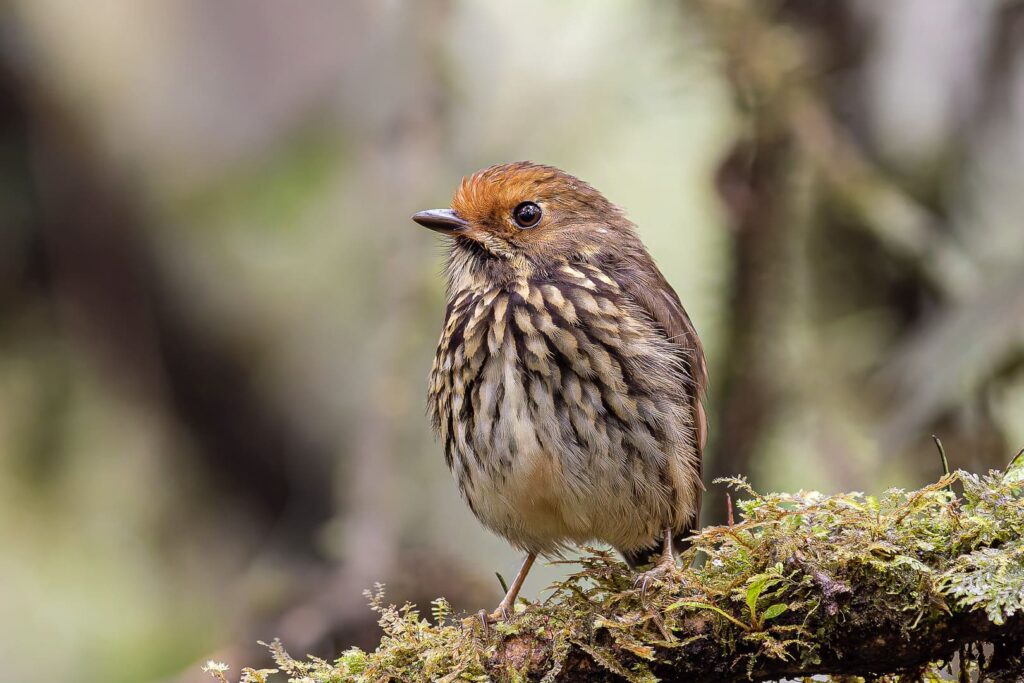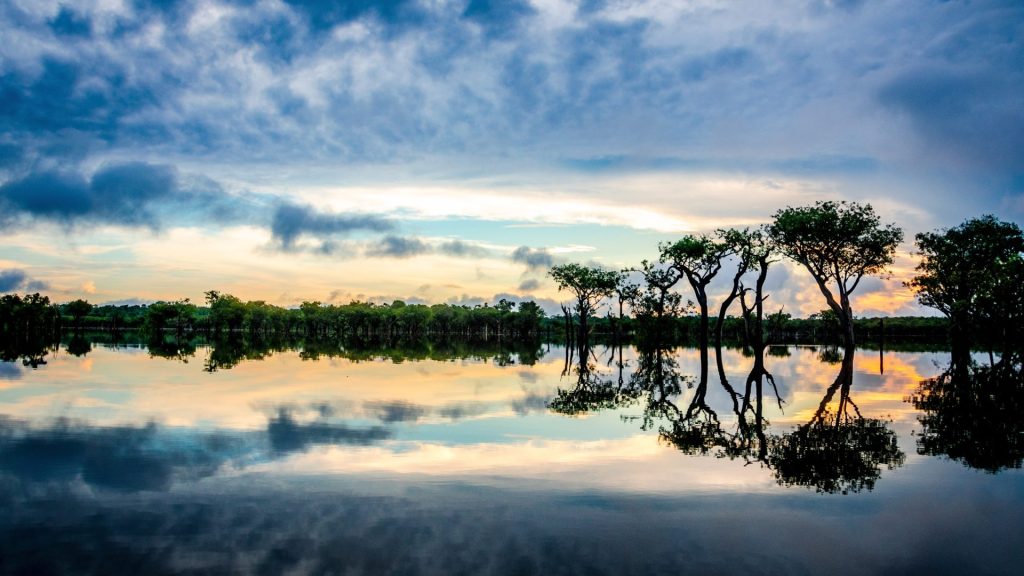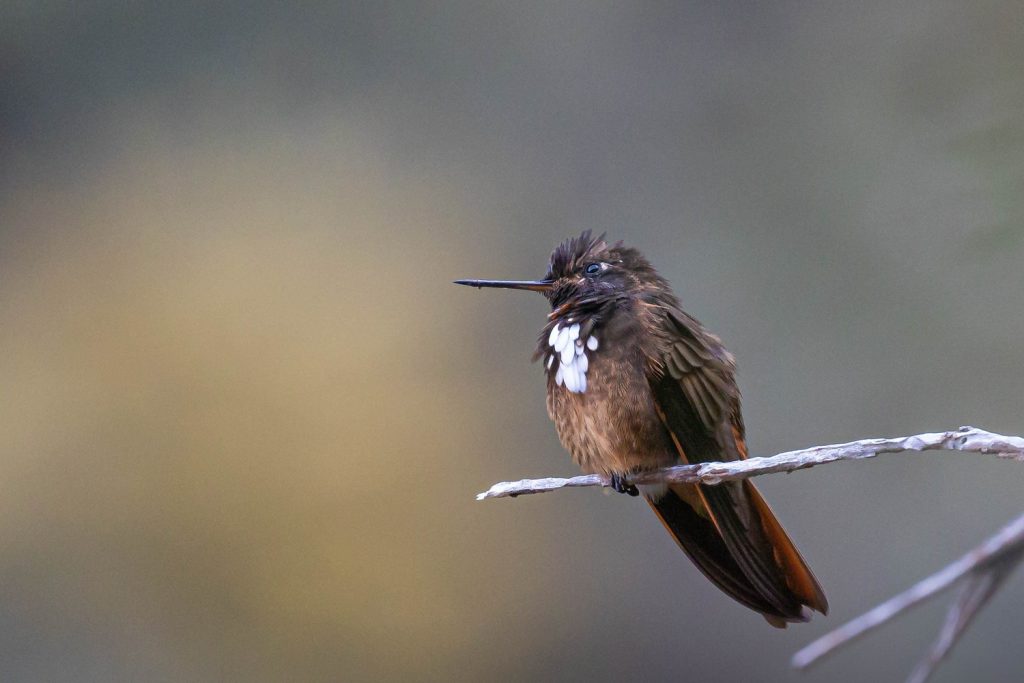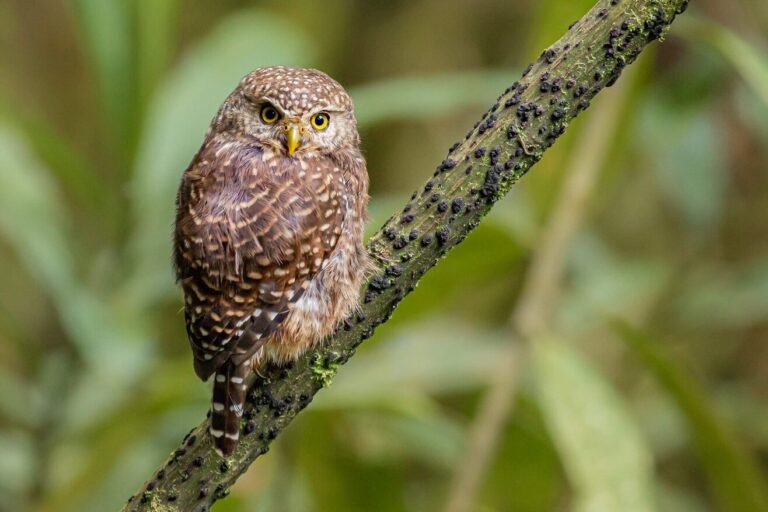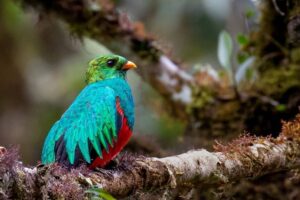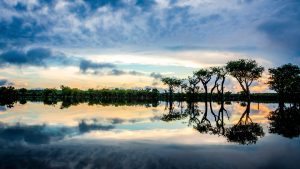Bird photography and birdwatching offer a unique connection to nature, letting you capture the beauty, behavior, and habitats of birds. This guide shares bird photography tips and tricks to help you elevate your skills, from essential gear preparation to advanced techniques in composition and lighting. Learn how to choose the right lenses, optimize camera settings, and navigate challenging environments. Ethical practices are also highlighted to ensure respect for birds and their habitats. Discover tips for capturing birds in action and post-processing techniques to enhance your images. Whether you’re a beginner or looking to improve, these bird photography tips and tricks will inspire stunning, memorable photos.
Essential Preparation: Bird Photography Tips for Beginners
Before you head out, ensure that your gear and strategy are well-prepared. Here are the bird photography tips that will give you a solid foundation:
Camera and Lenses: Choose the Right Setup
Bird photography requires high-quality lenses that handle distance and detail. Here’s what you need to know:
- Telephoto Lenses: A focal length of at least 300mm is recommended. For shy species or expansive landscapes, lenses of 500mm or 600mm are ideal, allowing you to photograph without intruding on the bird’s space.
- Prime Lenses vs. Zoom: Prime lenses, such as 500mm f/4, are often preferred due to their sharpness and wider apertures, which are especially useful in low-light conditions. However, zoom lenses like 100-400mm provide flexibility for capturing varied scenes.
- Image Stabilization (IS): IS (Canon) or VR (Nikon) features are crucial for reducing camera shake. IS helps when using slower shutter speeds, especially useful in low-light environments such as forests.
- Macro Lenses for Detail: While less common, macro lenses can capture intricate feather details in smaller bird species, adding a unique aspect to your portfolio.
Camera Settings: Optimize for Fast Action
Birds are unpredictable and fast, so understanding your camera settings is essential.
- Shutter Speed: Use at least 1/1000 for still birds and 1/2000 or faster for birds in flight.
- Aperture Priority Mode: Set a wide aperture (f/4 to f/5.6) for a shallow depth of field, which isolates the bird against the background. For close-ups, adjust to f/8 for greater detail.
- Continuous Autofocus (AI Servo for Canon, AF-C for Nikon): Keep the bird in sharp focus even as it moves. For challenging light conditions, using back-button focus can allow more precise control.
- ISO Settings: Increase ISO as needed for a well-exposed image but keep it low in bright conditions to avoid noise.
Advanced Gear Preparation for Bird Photography in Challenging Environments
Bird photography often involves unpredictable environments. Here’s how to adapt your gear to specific conditions.
- Tripod and Gimbal Head: A gimbal head with a sturdy tripod is essential for tracking birds smoothly. The gimbal balances the weight, allowing you to move the camera freely without strain.
- Silent Shooting Mode: Reduces noise, making it easier to capture birds without startling them.
- Weather-Resistant Equipment: Waterproof covers and lens hoods are crucial. If photographing in rainy or humid conditions, a rain cover for the camera and a silica gel pack can prevent condensation inside the lens.
Advanced Bird Photography Tips: Composition Techniques for Impactful Shots
Composition transforms a simple photo into an artistic statement. These advanced bird photography tips and tricks will help you compose shots that stand out.
You may visit my GALLERY in Ebird or see other web sites to get some inspiration such as THIS
Rule of Thirds
The rule of thirds involves dividing your frame into a 3×3 grid. Place your subject or key elements along the grid lines or at their intersections. This creates a balanced and visually engaging composition.
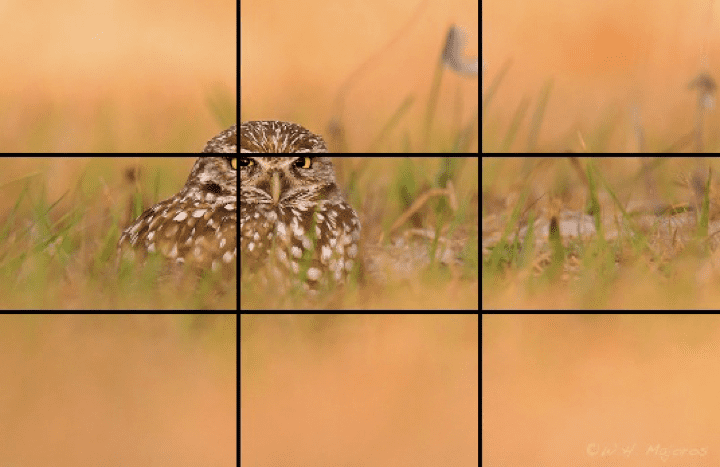
Leading Lines and Natural Frames
Utilize natural lines in the environment to guide the viewer’s eye towards the bird. This could be a branch, a stream, or a row of leaves leading to the subject.
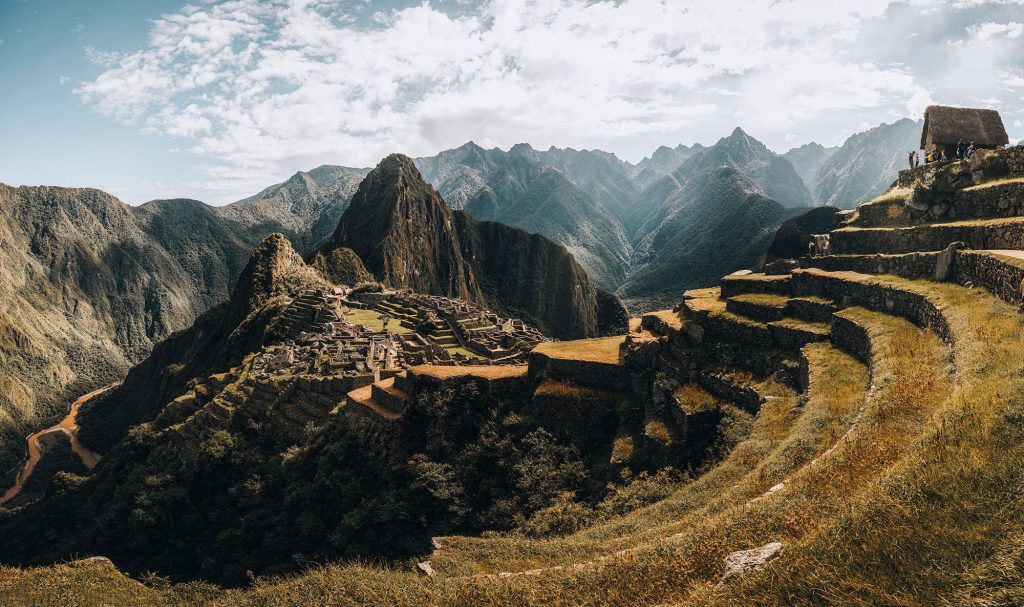
Negative Space
Leaving empty space around your subject can create a sense of openness and draw attention to the bird. Consider incorporating negative space, especially when capturing birds in flight.
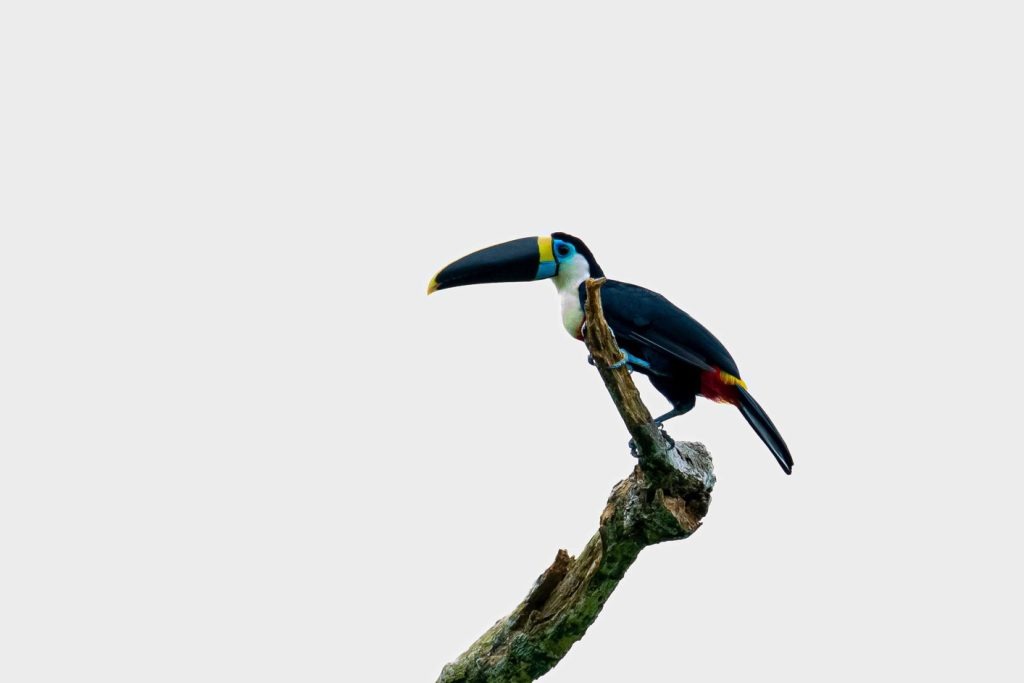
Depth and Layers
Add a three-dimensional quality to your bird photos by combining depth and context. Position the bird with a blurred background using wider apertures (f/4 to f/5.6) to make it stand out while maintaining a connection to its habitat. Enhance the sense of depth by including foreground elements like leaves or branches, creating natural layers that bring your composition to life.
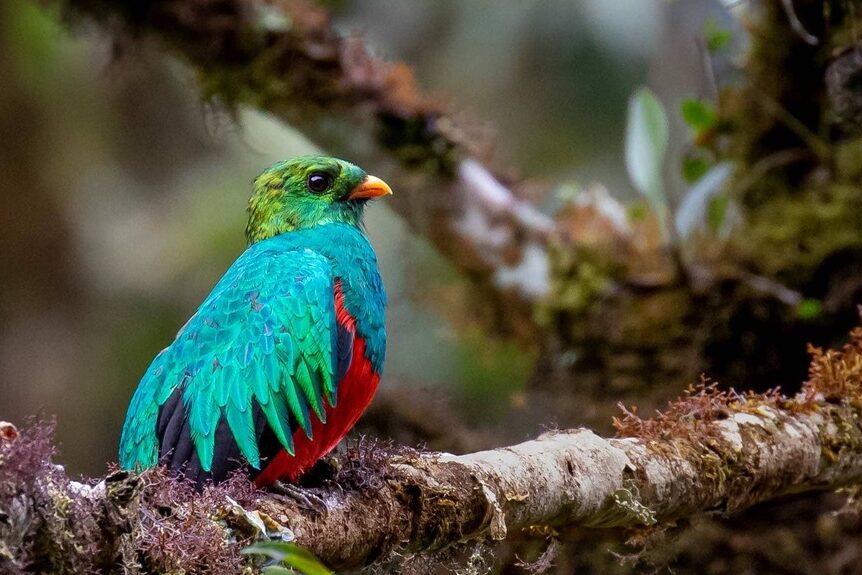
Background Choice
Isolate the Subject
Birds in cluttered backgrounds are difficult to distinguish. A simple background, like the sky or a distant forest, makes the bird stand out. Adjust your angle to position the bird against the least distracting background.
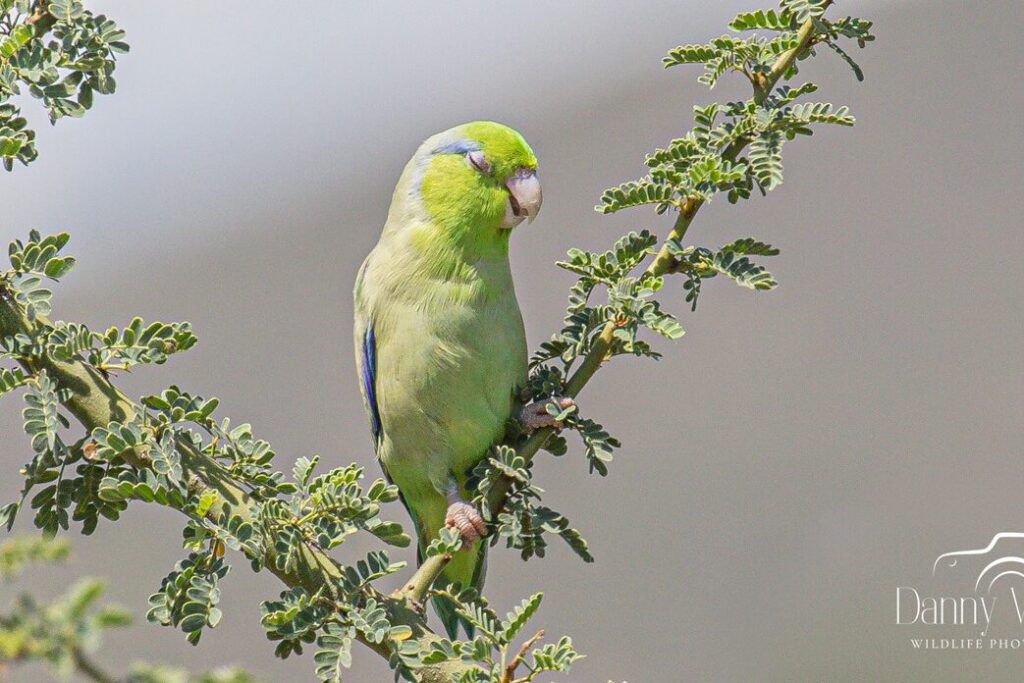
Framing
Use natural elements in the environment to frame your subject. Overhanging branches, arches, or foliage can add a sense of depth and draw attention to the bird.
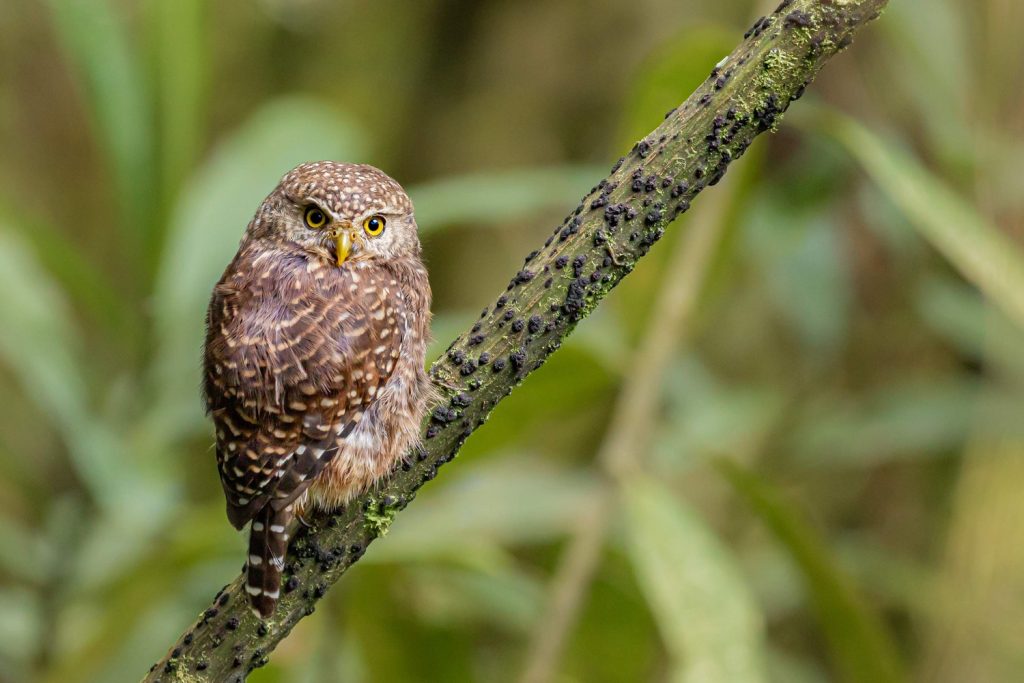
Golden Hour and Lighting
The soft, warm light of the golden hour (shortly after sunrise and before sunset) can enhance your compositions. It casts a beautiful, diffused glow on your subject, creating pleasing contrasts and highlights.
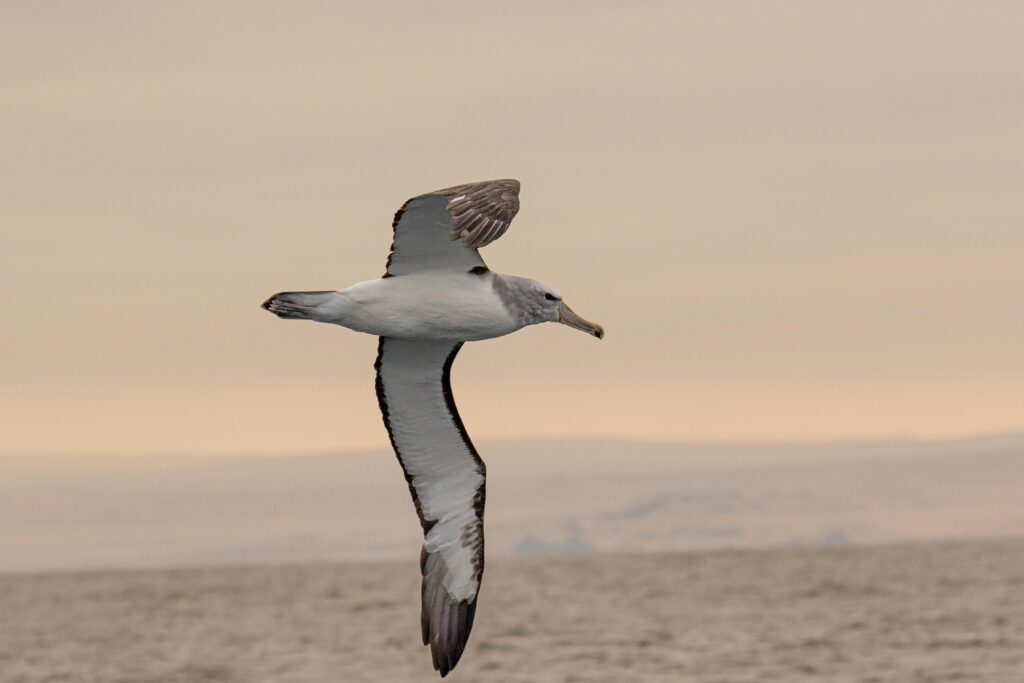
Diagonals and Angles
Experiment with diagonal lines and angles to add dynamism to your composition. Birds in action, such as taking off or landing, are excellent opportunities for dynamic angles.
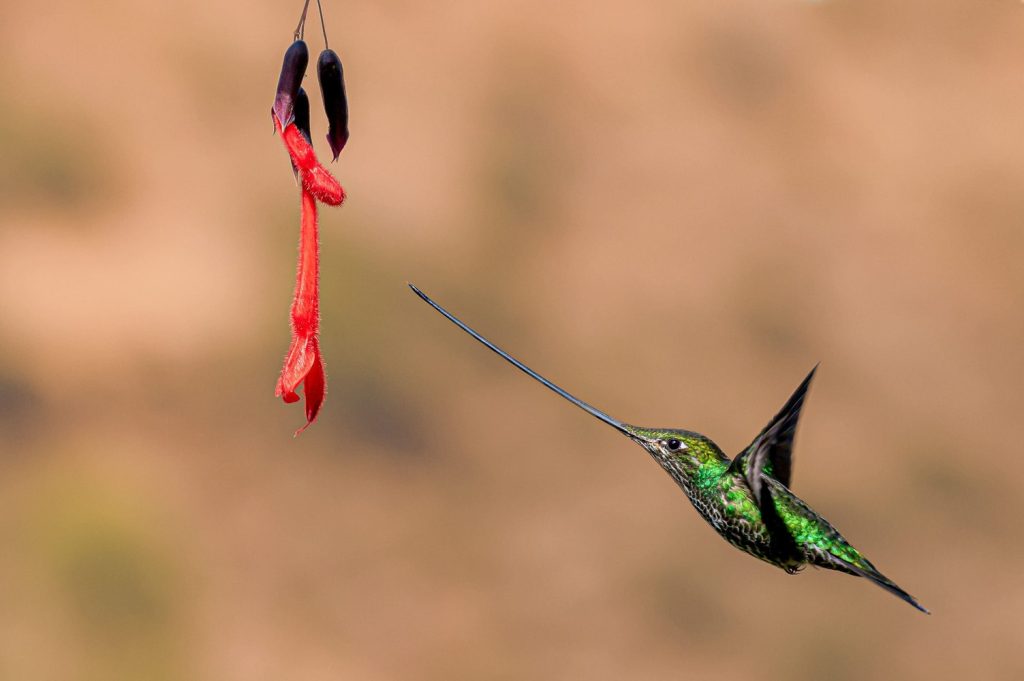
Rule of Simplicity
Sometimes, less is more. Avoid clutter and focus on a single, impactful element, such as the bird’s eye or a unique behavior, to create a compelling composition.
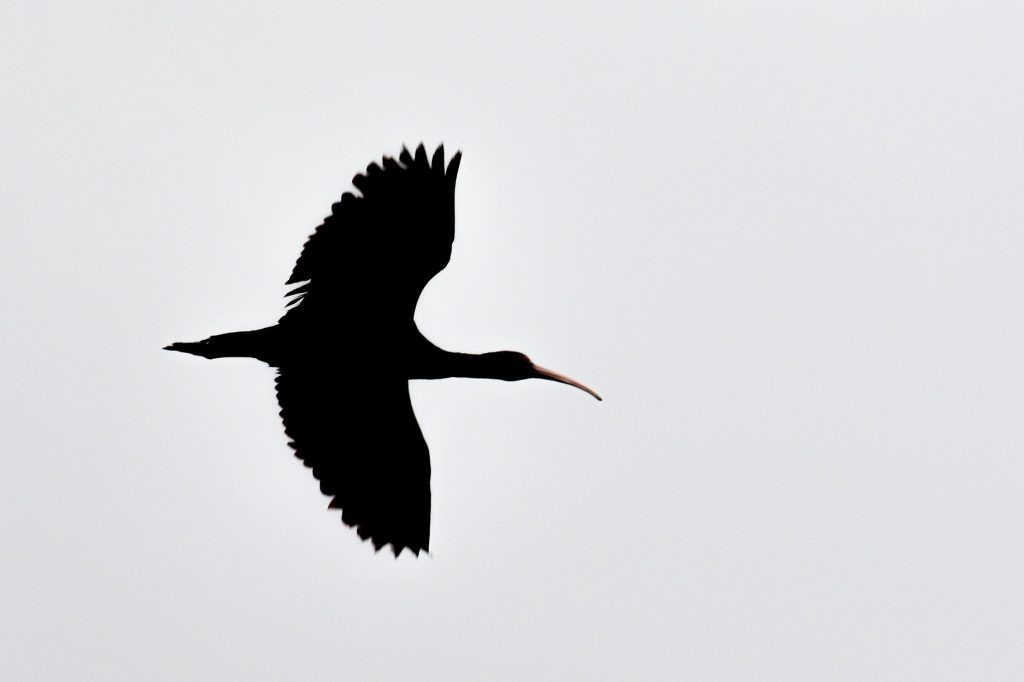
Practice and Experiment
Mastering composition is an ongoing process. Experiment with different techniques, angles, and framing options. Over time, you’ll develop an eye for what works best in various situations.
Remember that there are no strict rules in composition; it’s a creative endeavor. Trust your instincts and practice consistently to refine your skills. By mastering composition techniques, you can transform your bird photography into captivating works of art that convey not just the beauty of the birds but also the essence of their natural habitat.
Post-Processing for Professional Results
Post-processing allows you to refine your images. Here are editing tips for bird photography tips for beginners and seasoned photographers alike.
Cropping for Composition
Crop to improve composition, adhering to the rule of thirds or to remove distracting elements. Cropping can also highlight specific details, such as feather texture or eye reflection.
Adjusting Shadows and Highlights
Increase shadows and reduce highlights to bring out details, especially in bright feathers or shaded areas. This is particularly helpful for birds in dappled forest lighting.
Color Correction and Noise Reduction
Adjust saturation and contrast for realistic colors. Noise reduction is essential if you used a high ISO in low-light environments. Aim for a balance where noise is minimized but detail is preserved.
Capturing Feathered Beauties
Birds are known for their striking colors, unique plumage, and fascinating behaviors, making them some of the most captivating subjects for photography. In this section, we’ll explore tips for capturing feathered beauties in the lush settings of the cloudforest and rainforest, where the avian diversity is nothing short of breathtaking.
- Patience and Observation:
In these dense, natural habitats, birds can be elusive. Patience is your greatest ally. Find a comfortable spot, remain still, and observe. Watch for movement or listen for calls, as this can lead you to the birds.
Study the bird’s behavior. Knowing their feeding patterns and favorite perches can help you predict where they might appear next.
- Lighting Conditions:
In the canopy of cloudforests and rainforests, light can be filtered, creating dappled shadows. Aim to shoot in soft, diffused light to avoid harsh highlights and shadows.
Use a flash sparingly, as it can be disruptive to the birds and may create unnatural lighting in the dense foliage.
- Fast Shutter Speed:
Birds in these environments are often in motion. To freeze their rapid movements and maintain sharp focus, use a fast shutter speed. A setting of 1/1000 or faster is often necessary.
A high shutter speed will also help to capture crisp images even in low-light conditions.
Birding Photography Etiquette
Always prioritize the well-being of the birds and their environment. Avoid disrupting nests or habitats and follow ethical guidelines for wildlife photography.
In the cloudforest and rainforest, the sheer diversity of bird species is awe-inspiring. These tips should help you capture their beauty in your photographs while respecting their natural habitats. Remember, bird photography in these environments can be challenging, but the rewards are well worth the effort when you see the stunning images you’ve captured of these feathered wonders. As a great example of this bio diversity, Peru is currently the leading birding country in the October Big Day (see more details here).
When pursuing bird photography, it’s essential to adhere to ethical guidelines and respectful practices to ensure the well-being of both the birds and their habitats. Here are some important birding photography etiquette tips to keep in mind:
Do Not Disturb Wildlife:
The welfare of birds and other wildlife should be your top priority. Avoid getting too close to nests, feeding areas, or roosting spots, as you might stress or disturb the birds.
Stay on Designated Paths:
Stick to established trails and paths to minimize your impact on fragile ecosystems. Avoid trampling through vegetation or disturbing habitats.
Be Quiet and Patient:
Loud noises and sudden movements can startle birds and disrupt their natural behavior. Be patient and move slowly and quietly when approaching your subjects.
Respect the «No-Go» Zones:
Some areas may be off-limits to protect sensitive species or fragile ecosystems. Follow all posted signs and regulations to avoid harming the environment.
Use Ethical Attractants Sparingly:
Bird calls, decoys, or bait to attract birds should be used with caution. Overuse can disturb birds and disrupt their natural behavior. Avoid using these attractants excessively.
Avoid Flash in Bird Photography:
Using a flash can stress birds and potentially harm their eyesight. Whenever possible, rely on natural light and consider camera settings to accommodate low-light conditions.
Respect Fellow Birders and Photographers:
Share popular birding spots with courtesy. Avoid blocking the view of other birders and photographers, and maintain a reasonable distance from others to minimize interference.
Preserve Nesting Sites and Habitats:
Be especially cautious around nesting birds. Do not disturb nests, eggs, or chicks, and keep your distance to ensure the parent birds can care for their young.
Leave No Trace:
Pack out everything you bring with you, including trash and any unintentional litter. Leave the environment as you found it to protect both the birds and their habitats.
Educate and Share Responsibly:
- If you’re sharing your birding experiences on social media or through blogs, use your platform to educate others about ethical bird photography and conservation efforts.
Support Conservation:
Consider supporting organizations and initiatives dedicated to bird conservation and habitat preservation. Your contributions can help protect the birds and environments you love to photograph.
By practicing birding photography etiquette, you contribute to the preservation of these incredible creatures and their habitats, ensuring that future generations can enjoy and appreciate the beauty and wonder of the avian world. Ethical and respectful behavior not only benefits the birds but also enhances the experience for all birders and photographers.
If you want to know some basic tipping guideliness, see here.
Bird photography is an ongoing journey. By following these specialized bird photography tips and tricks, you’ll not only improve your technical skills but also cultivate a deeper connection with nature. Remember, every birding trip offers a chance to learn and refine your technique. With patience, respect, and dedication, your photos will capture the wonder of the avian world and inspire others to appreciate and protect these incredible creatures.

